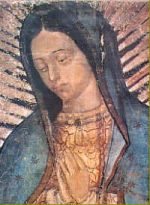Catechism of the Catholic Church
1069 The word "liturgy" originally meant a "public work" or a "service in the name of/on behalf of the people." In Christian tradition it means the participation of the People of God in "the work of God." 5 Through the liturgy Christ, our redeemer and high priest, continues the work of our redemption in, with, and through his Church.
1070 In the New Testament the word "liturgy" refers not only to the celebration of divine worship but also to the proclamation of the Gospel and to active charity. 6 In all of these situations it is a question of the service of God and neighbor. In a liturgical celebration the Church is servant in the image of her Lord, the one "leitourgos"; 7 she shares in Christ's priesthood (worship), which is both prophetic (proclamation) and kingly (service of charity):
The liturgy then is rightly seen as an exercise of the priestly office of Jesus Christ. It involves the presentation of man's sanctification under the guise of signs perceptible by the senses and its accomplishment in ways appropriate to each of these signs. In it full public worship is performed by the Mystical Body of Jesus Christ, that is, by the Head and his members. From this it follows that every liturgical celebration, because it is an action of Christ the priest and of his Body which is the Church, is a sacred action surpassing all others. No other action of the Church can equal its efficacy by the same title and to the same degree. 8
Notes:
English Translation of the Cathechism of the Catholic Church for the United States of America © 1997, United States Catholic Conference, Inc.






